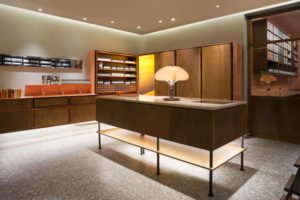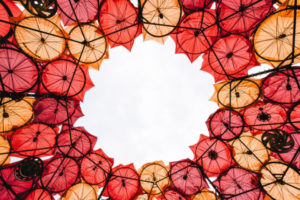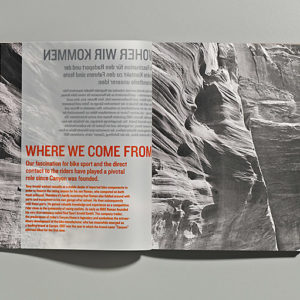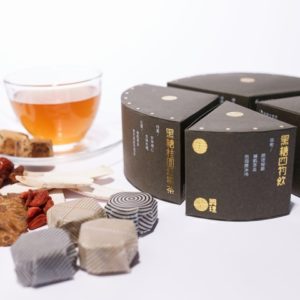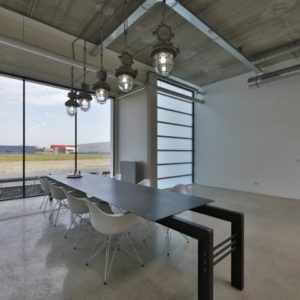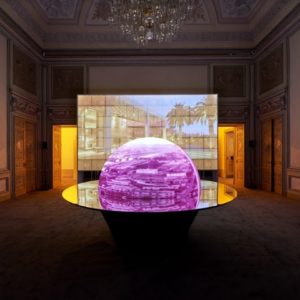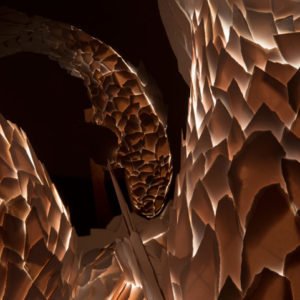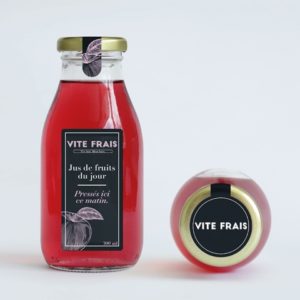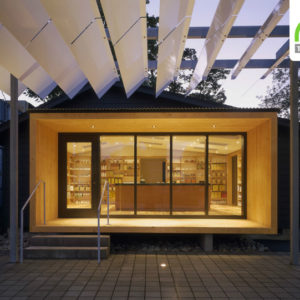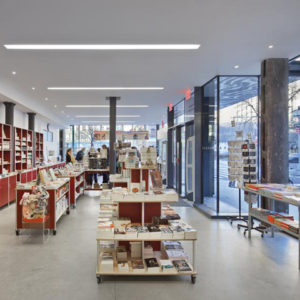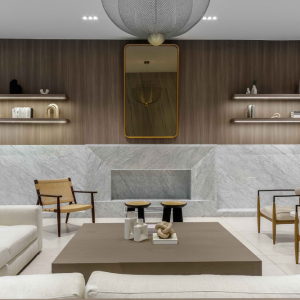


The recently opened Casa Cavia in the Palermo Chico neighborhood of Buenos Aires is an enchanting fusion of sights, sounds, tastes and eras.

Now operating as a brand new assembly of a restaurant, publishing house, bookstore, flower shop and perfumery, Casa Cavia is housed in what was known as the Bollini Roca residence, designed in the gilded age of the 1920s as a personal gift to the owner’s wife by the Spanish-born architect and artist Alejandro Christophersen of Norwegian parentage. The founder and creator of the Casa Cavia concept, Guadalupe Garcia Mosqueda with book publisher Ana Mosqueda asked London and San Francisco-based KallosTurin Architects to restore and transform the residence into a modern cultural center, yet retain the essence of the historical building.
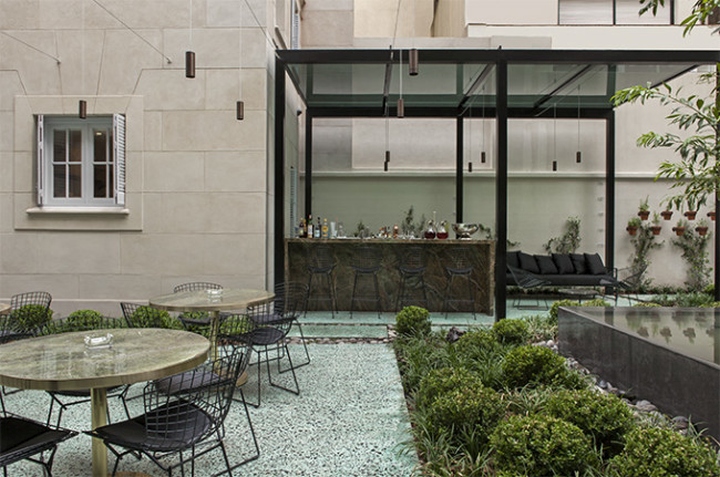
The architects retained the room proportions and numerous details but they also included modern elements throughout. The material palette includes white and green marble, brass, antique mirror, leather and terrazzo flooring – all inspired by the city’s cafes of the 1920’s and 1930’s. Our eyes are drawn to the golden details, the arches and rounded shapes, the muted green seating and, of course, the flying books in the ceiling. Our favorite section is the elegantly proportioned inner garden-courtyard with its small pool. It forces us to grieve the lack of such elements in today’s urban planning. Where, indeed, are the lovely urban inner courtyards of today that don’t feel like shopping mall food courts?
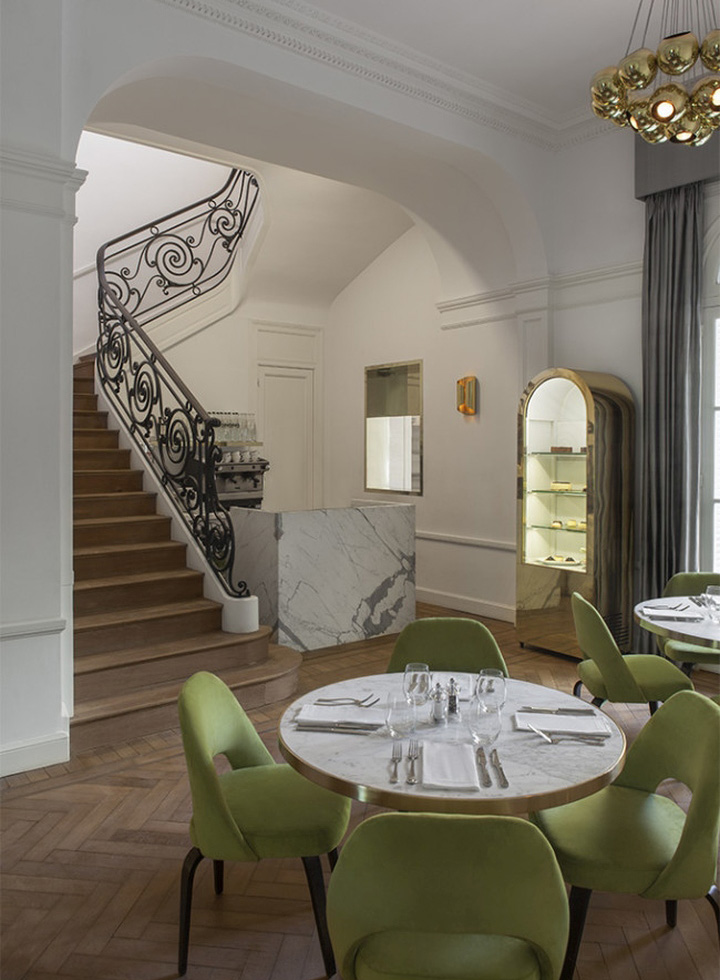
Ana Mosqueda’s Ampersand Publishing is the inspiration and anchor of Casa Cavia. It produces books but is also a center to exchange ideas, recalling the publishers of Europe and Americas at the beginning of the 20th century. There is a hall for classes, conferences and book presentations along with a library focused on the history of books and written culture. Guadalupe Garcia Mosqueda has drawn in the best new Argentine talent to create and host the various parts of the concept that aims to showcase the best of Buenos Aires while promoting architecture, gastronomy, design, literature and art. For the perfumery she brought in Julian Bedel, “the nose of Argentina” to offer the fragrances of Fueguia 1833 perfumes. Casa Cavia’s signature scent will be Biblioteca De Babel, named after a short story by Jorge Luis Borges about an enormous library of interlocking rooms housing a vast collection of books.

Costume designer and art director Silvana Grosso creates amazing floral impressions Casa Cavia’s flower shop Flores Pasión while Próspero Velazco presides over the pâtisserie and revives the neighbourhood tradition of high tea. Pablo Massey, a protégé of Argentina’s top culinary star, Francis Mallmann, helms Casa Cavia’s restaurant, La Cocina. We believe – and hope – that these kinds of charming yet also extremely functional and useful “unrelated fusions” of various activities and offerings are one trend that is growing around the world. The fact that Casa Cavia, in addition to providing a fertile mixture, also restores and repurposes an important building makes this project that much more fabulous.
Design: KallosTurin Architects
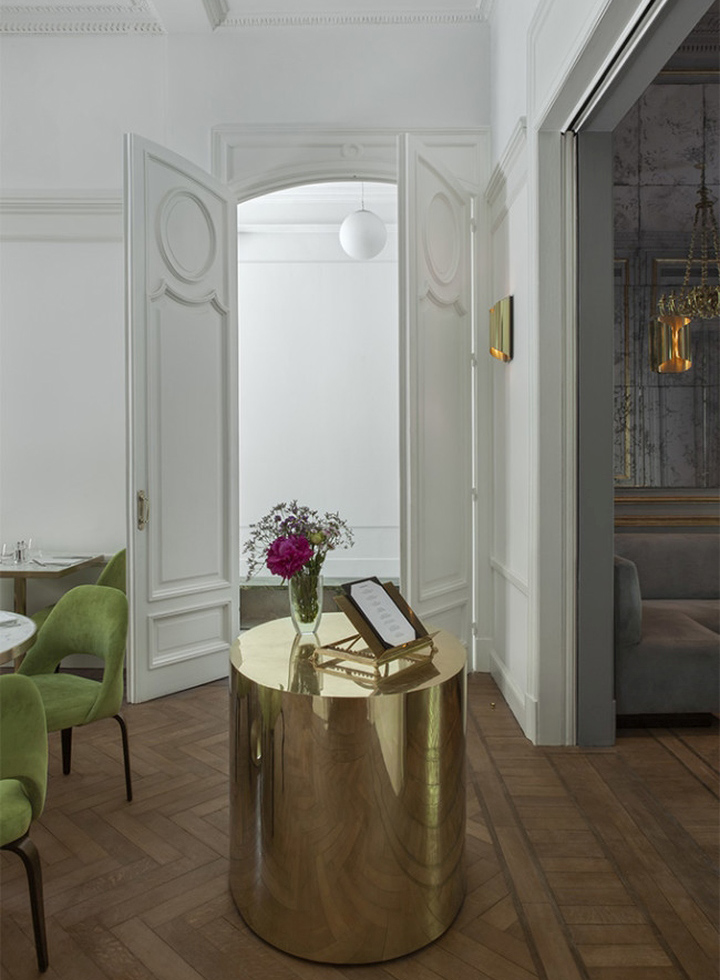
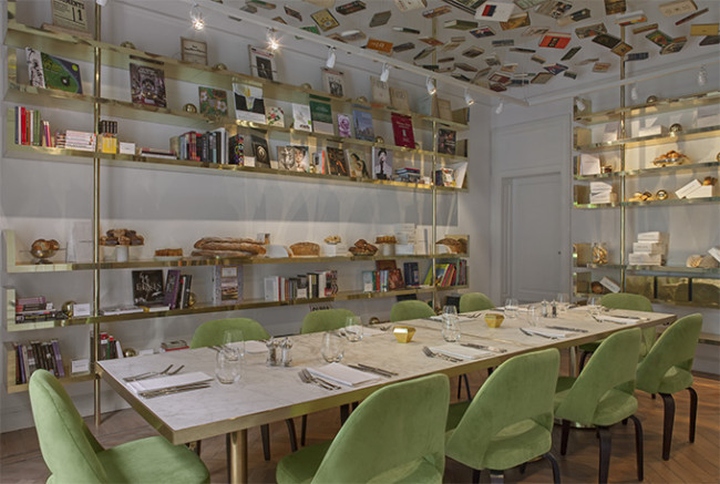
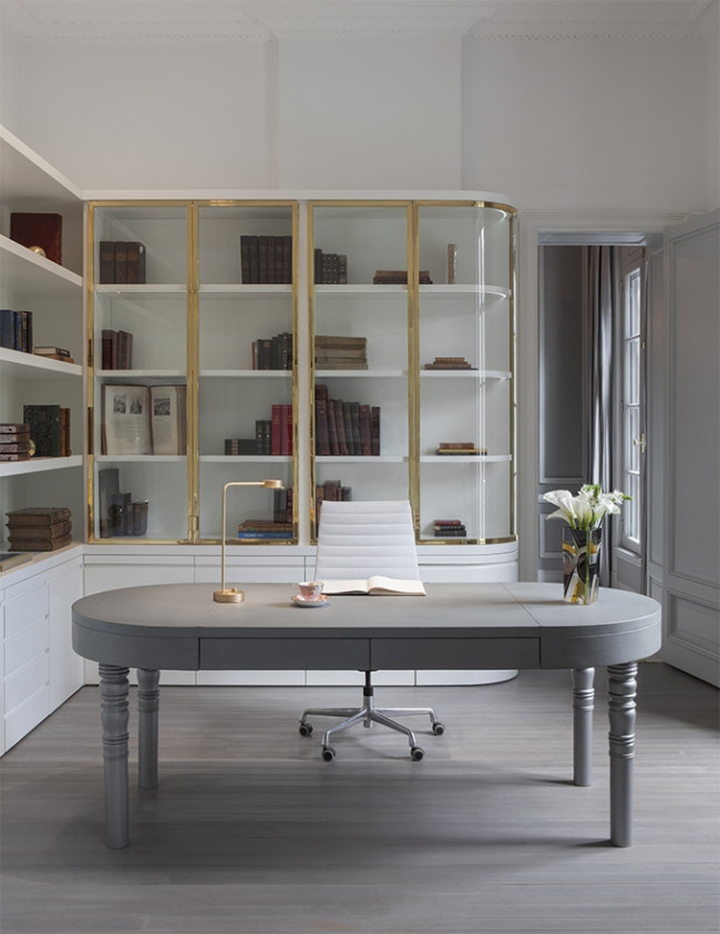
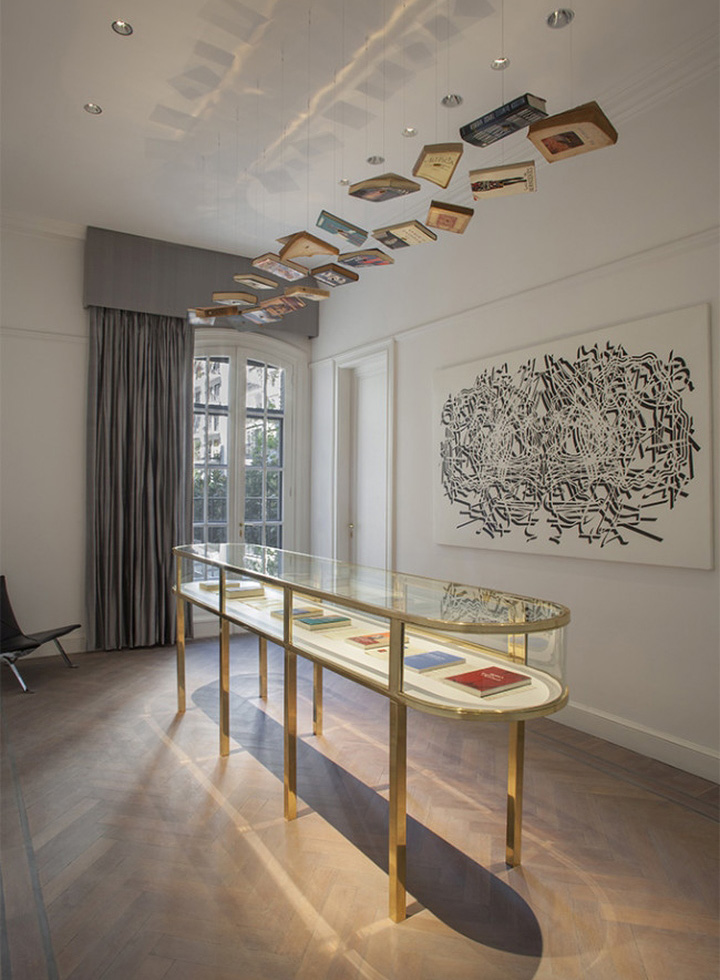


via Yossawat










